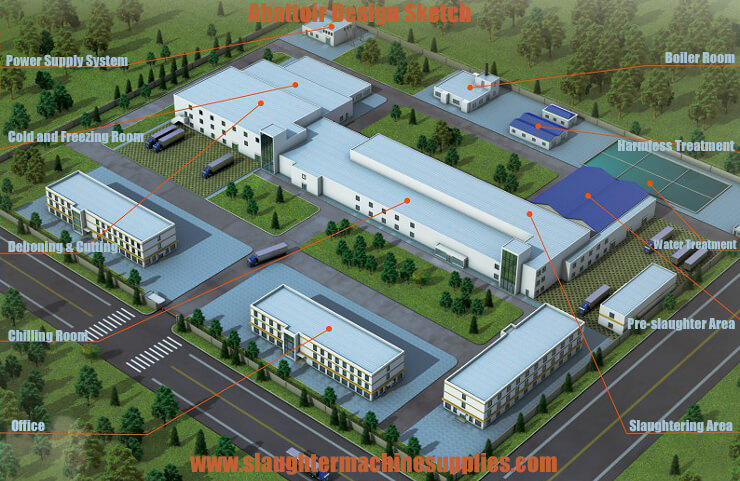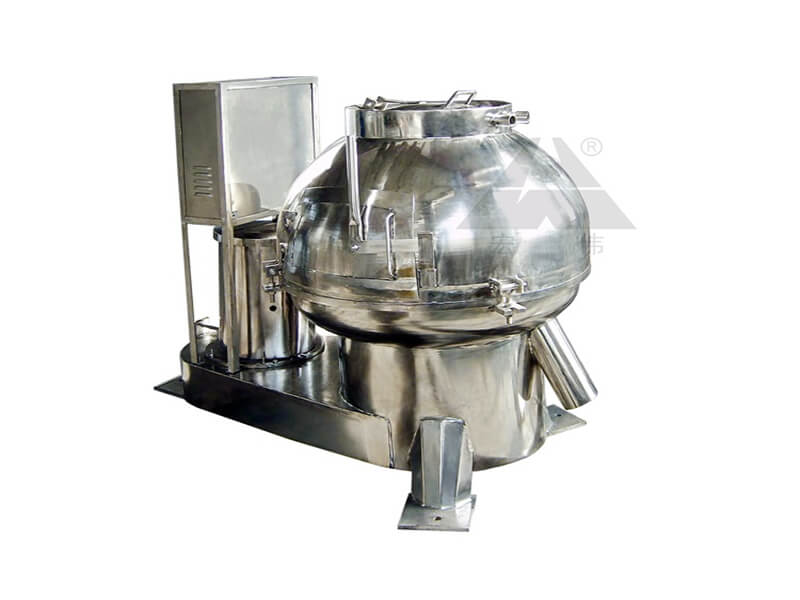
A well-equipped slaughterhouse is crucial for ensuring the efficient and humane processing of cattle in an abattoir. In this article, we will discuss the essential equipment required for a 15-head cattle abattoir. Additionally, we will highlight the significance of some of these tools and their role in promoting animal welfare and food safety.
1. Cattle Pneumatic Stunning Killing Box:
The cattle pneumatic stunning killing box is designed to render the cattle unconscious before the slaughtering process begins. It uses compressed air to deliver a stunning blow, which ensures that the animal feels no pain during the subsequent steps.
2. Cattle Electric Stunner:
Similar to the pneumatic stunning box, the cattle electric stunner is another tool used to induce unconsciousness in the animal. It delivers an electric shock, effectively stunning the cattle before slaughter.
3. Living Cattle Limit Bolt:
This device secures the animal’s head in place, restricting its movement during stunning and slaughtering. Ensuring proper restraint is essential to minimize stress and prevent injuries to both the cattle and abattoir workers.
4. Cattle Receiving Grid Plate:
The receiving grid plate is used to guide the cattle as they enter the slaughtering area. It helps maintain a steady flow of animals and reduces stress during handling.
5. Automatic Hoisting System:
This system is responsible for lifting the cattle carcass after slaughter, facilitating further processing along the production line.
6. Cattle Bleeding Tank and Bleeding Tube Rail:
The bleeding tank collects the blood from the slaughtered animal, while the bleeding tube rail ensures efficient drainage. Proper bleeding is vital for improving meat quality and reducing the risk of contamination.
7. Shackles Return System:
The shackles return system enables the reutilization of shackles, which are used to suspend the carcasses during processing. It streamlines the operation and reduces waste.
8. Slaughter Platform for Re-hanging:
This platform provides a stable surface for hanging the slaughtered cattle before proceeding to the next steps in the processing line.
9. Changing Rail Device:
The changing rail device aids in moving the carcasses between different sections of the slaughterhouse efficiently.
10. High, Middle, and Low Pre-peeling Platform:
These platforms facilitate the removal of the animal’s hide at different stages of the process. Pre-peeling reduces contamination risks and improves hygiene during dehiding.
12. Legs Shackling Stand:
The legs shackling stand secures the animal’s legs during the dehiding process, ensuring stability and safety for the workers.
13. Pneumatic Lifter Single Post and Double Post for Pre-skinning:
14. Slaughter Platform for Chest Opening and Viscera Removal:
These dedicated platforms enable the removal of the chest and visceral organs, respectively, with precision and hygiene.
15. Platform for Quarantine Inspection:
This platform allows for thorough inspection of the carcass to ensure it meets health and safety standards before proceeding to the next stage.
16. Double Track Carcass Sliding Rail and Quartered Carcass Re-hanging Device:
These components facilitate the smooth movement of the carcass throughout the processing line and aid in quartering for further processing.
17. Double Track Rail Pulley Hook and Tube Rail Bleeding Feet Shackle Chain:
18. Electric Control Box:
The electric control box serves as the centralized control unit for various equipment, allowing operators to manage and monitor the slaughtering process.
19. Bracing Legs Device:
20. High-Pressure Carcass Washing Gun:
The high-pressure washing gun is used for cleaning and sanitizing the carcass, maintaining hygiene standards.
21. Chest Opening Saw and Reciprocating Half-Splitting Saw:
22. Balancer:
The balancer is used to balance and position the carcass optimally during processing, making the task easier for workers.
23. Carcass Splitting Band Saw:
24. Cattle Tripe Washing/Cleaning Machine:
In conclusion, the equipment listed above plays a vital role in the functioning of a 15-head cattle abattoir. By investing in modern and efficient tools, slaughterhouses can enhance productivity, improve animal welfare, and maintain the highest standards of food safety and hygiene. It is essential for abattoir operators to adhere to industry best practices and regulations while using this equipment to ensure the humane treatment of animals and the production of safe and high-quality meat products.
If you want more information, please contact us by email or WhatsApp. You can add our WhatsApp by scanning the QR code on the right.












